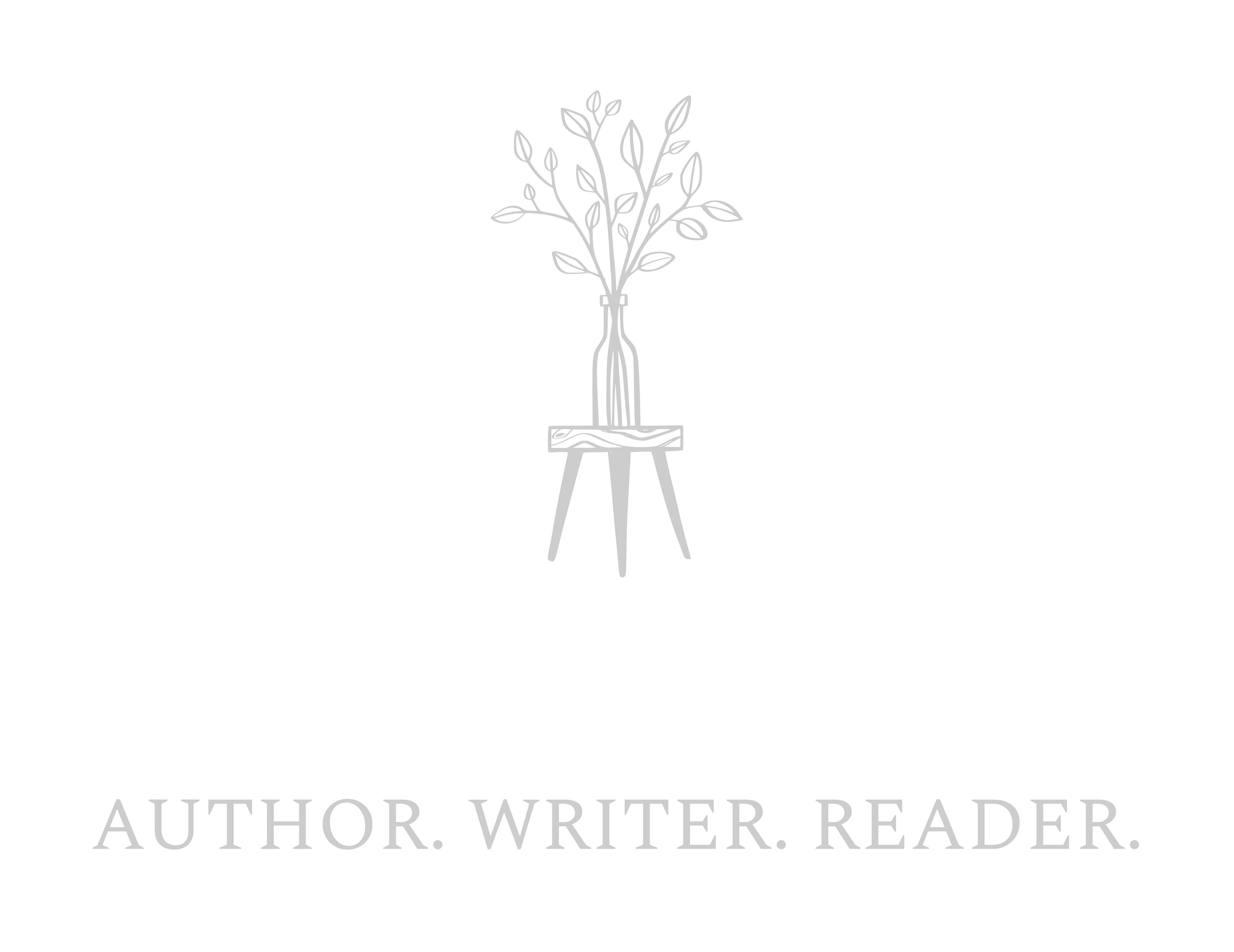What is Figurative Language and why is it important? Figurative Language is the usage of words that go beyond their literal (actual) meaning and makes readers “figure” out what is being said rather than making it obvious. Figurative Language is important because it adds depth, color and makes any literary work a far more interesting read. It also provides a human element to storytelling while helping us understand ideas that are more abstract and complex.
What is Imagery and why is it important? Imagery is the language that creates pictures by invoking a mental image. It is considered to be of great significance because it brings a lifelike quality to literature through sensory language thereby boosting a reader’s experience. Sensory language improves a description by adding words to express how something felt, smelled, tasted, or heard.
Let’s look at some examples of Figurative Language:
- Hyperbole – exaggeration for effect.
- Example: I love you to the moon and back.
- Idiom – phrases that mean something different than what they say.
- Example: It is raining cats and dogs.
- Metaphor – comparison of two things which are not alike but have some traits in common.
- Example: Life is a highway.
- Onomatopoeia – a word that sounds like the sound of an object or action is describes.
- Example: The rustling leaves danced around in a circle.
- Personification – suggesting that human traits apply to inanimate (lifeless) objects.
- Example: The wind whispered softly.
- Simile – comparisons of two things using like or as to create meaning.
- Example: Cool as a cucumber.
Below is a selective list of sensory language relating to sight, sound, smell, taste, and touch.
| Sight | Sound | Touch | Taste | Smell |
| bleary | bellow | balmy | appetizing | acrid |
| blurred | blare | biting | bitter | ambrosial |
| brilliant | buzz | bristly | bland | aroma |
| colorless | cackle | bumpy | creamy | aromatic |
| dazzling | cheer | chilly | delectable | fetid |
| dim | clamor | coarse | delicious | foul-smelling |
| dingy | clang | cold | flavorful | fragrant |
| faded | crackle | cool | flavorless | malodorous |
| faint | creak | crawly | gingery | mephitic |
| flashy | grumble | creepy | luscious | moldy |
| gaudy | gurgle | cuddly | nauseating | musty |
| glance | hiss | dusty | palatable | odor |
| gleaming | howl | featherly | peppery | odorless |
| glimpse | hush | feverish | piquant | perfumed |
| glistening | jabber | fluffy | refreshing | pungent |
| glittering | mumble | furry | ripe | putrid |
| gloomy | murmur | fuzzy | rotten | rancid |
| glossy | rant | greasy | savory | redolent |
| grimy | rave | hot | scrumptious | rank |
| hazy | roar | icy | sour | reek |
| indistinct | rumble | lumpy | spicy | rich |
| misty | screech | moist | spoiled | scent |
| peer | shriek | oily | stale | smell |
| radiant | sizzle | prickly | sugary | spicy |
| shadowy | snarl | shivery | sweet | stench |
| shimmering | squawk | silky | tangy | stinky |
| shiny | squeal | slimy | tasteless | sweet |
| smudge | swish | slippery | tasty | smoky |
| sparkling | thud | squashy | unappetizing | sickly |
| streaked | thump | sticky | unripe | sour |
| striped | whimper | sweaty | yummy | whiff |
| tarnished | yelp | velvety | zesty | woody |



Be First to Comment